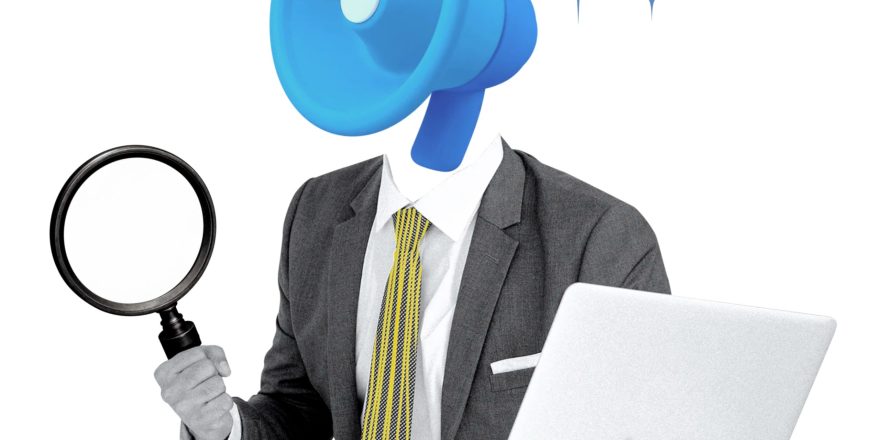Introduction
In the endless scroll of social feeds, blogs, emails, and search results, capturing attention is the hardest—and most crucial—part of marketing. Users make decisions in milliseconds, and if your content doesn’t stop the scroll, it might as well not exist. But what actually causes someone to pause, click, and engage? In 2025, successful digital marketing is grounded in understanding the psychology behind content interaction. This blog breaks down the science and strategy of creating scroll-stopping content that grabs attention and earns clicks.
1. The Brain on Scroll: Why Most Content Gets Ignored
To design content that works, you have to understand what your audience is mentally doing while scrolling.
Psychological Factors at Play:
- Cognitive overload: Users are bombarded with information
- Selective attention: The brain filters for relevance and novelty
- Instant visual scanning: People decide in 0.3 seconds if something is worth clicking
- Emotional triggers: Content that evokes emotion is more likely to stop the scroll
- Reward loop behavior: We scroll looking for emotional or informative “payoffs”
Insight:
If content doesn’t provide instant recognition of value, the brain says, “keep scrolling.”
2. Visual Triggers That Grab Attention Instantly
Visuals are processed 60,000 times faster than text, making design your first impression.
Elements That Make Visuals Scroll-Stopping:
- Faces with emotion: Smiles, eye contact, or exaggerated expressions draw attention
- Contrasting colors: Bold contrasts help content stand out in cluttered feeds
- Whitespace and simplicity: Clean design feels easier to process
- Unexpected imagery: Novelty causes users to pause
- Movement: Subtle animation or micro-interactions stop passive scrolling
Tips for Scroll-Stopping Visuals:
- Use images that tell a story, not just fill space
- Test thumbnails and preview images for click performance
- Avoid clutter—one focal point per frame is more effective
- Design with the “thumb zone” in mind for mobile screens
Remember: Your visual should earn the first second of attention before your message even begins.
3. Copy That Hooks in a Split Second
Once visuals stop the scroll, copy must immediately reward curiosity. The first line determines whether the rest gets read.
Proven Psychological Copy Tactics:
- Curiosity gaps: Ask a question or suggest there’s something to learn
- Benefit-first writing: Lead with the outcome, not the process
- Emotional hooks: Use words that provoke fear, joy, surprise, or urgency
- Power verbs: Action-oriented language drives behavior
- Cliffhangers and micro-narratives: Tell just enough to make the reader want more
Strong Opening Examples:
- “You’re losing 20% of your ad budget—and here’s why.”
- “Most brands miss this subtle trick. Don’t be one of them.”
- “She spent ₹500 on Instagram ads and made ₹50,000. Here’s how.”
Tip: Write like you’re texting your smartest, most skeptical friend.

4. Emotional Drivers That Get Clicks and Shares
Emotion is the #1 factor in clicks, likes, shares, and comments. Logical content gets read, but emotional content gets shared.
Emotions That Stop the Scroll:
- Fear of missing out (FOMO): “Everyone’s doing this but you.”
- Awe or surprise: “You won’t believe what this small brand did.”
- Validation: “If you’ve ever felt stuck in your career, this is for you.”
- Empowerment: “Take back control of your marketing budget.”
- Humor: Witty or absurd content cuts through blandness
Content Formats That Leverage Emotion:
- Relatable memes or GIFs
- Behind-the-scenes moments
- Failures and comebacks
- Testimonials with strong emotional language
- Interactive or storytelling carousels
Fact: People don’t just scroll to consume—they scroll to feel something.
5. Strategic Friction: When to Slow the Scroll on Purpose
Not all content should be optimized for speed. Sometimes, adding friction keeps users engaged longer.
Smart Use of Friction:
- Interactive posts (polls, sliders, quizzes) demand user input
- Carousel formats that build curiosity slide by slide
- “Wait for it” video hooks delay the payoff strategically
- Infographics or visual explainers that need time to absorb
- Storytelling frameworks with surprise endings
When to Use:
- When storytelling is core to the message
- When building suspense adds to the value
- When high-quality audiences matter more than high quantity
Insight: Not all scroll-stoppers scream. Some whisper just enough to keep people listening.
Conclusion
In 2025, grabbing attention isn’t about louder ads—it’s about smarter ones. Scroll-stopping content combines visual magnetism, psychological copywriting, emotional resonance, and just the right amount of storytelling. The brands winning today aren’t just seen—they’re felt. And in a world of infinite scroll, what your audience feels in that microsecond makes all the difference between a skipped post and a brand-new customer.





